David "Fathead" Newman (Sax Tenor)
Ronnie Earl (Guitar)
Neal Ward (Producer & Engineer)
Ronnie Earl (born Ronald Earl Horvath on March 10, 1953) is an American blues guitarist and music teacher.
Earl was born in New York City. He collected blues, jazz, rock and soul records while growing up. He studied music composition in college, and moved to Boston in 1975 to pursue a Master's Degree in Special Education, and teaching handicapped children. It was at this time that he attended a Muddy Waters concert at the now-defunct "Speakeasy". After seeing Muddy Waters perform in a close setting, Ronnie took up the blues guitar. He quickly began playing in the Boston blues scene.
Earl was born in New York City. He collected blues, jazz, rock and soul records while growing up. He studied music composition in college, and moved to Boston in 1975 to pursue a Master's Degree in Special Education, and teaching handicapped children. It was at this time that he attended a Muddy Waters concert at the now-defunct "Speakeasy". After seeing Muddy Waters perform in a close setting, Ronnie took up the blues guitar. He quickly began playing in the Boston blues scene.
 His big break came in 1981 when he replaced Duke Robillard as lead guitarist for the Providence, R.I band,Roomful of Blues. Both Earl and Robillard were based in Providence R.I. at this time. The technically deft and musically encyclopediac Robillard took Earl under his wing. The result was a jazzy, soulful blues style, as well as his slow burn style which fans found both mesmerizing and exhilerating. He began performing solo in 1986 in addition to playing with Roomful of Blues, and he released his first solo album on the Black Top label with a quartet that focused on Blues Instrumentals, which few artists had ever attempted. After leaving the band officially he began collaborations with contemporaries Ron Levy and Jerry Portnoy, Earl King, Jimmy Rogers, and Jimmy Witherspoon. It was also around this time that Ronnie got treatment for a substance-addiction. He became a vocal advocate for sobriety, even inviting audience members to his dressing room "One Day At A Time" meetings between sets at a bar. He began teaching guitar at Berklee College of Music in 1992, and has released instructional videos. In the early 1990s he resumed touring and recording several more albums on the Black Top label. His albums primarily consist of strong instrumental compositions and traditional covers. Playing in a bars became a burden for someone who worked hard to maintain his sobriety, and an increasingly demanding touring schedule added to the stress. In the late 90's , Ronnie was diagnosed with depression, forcing him to cut back on his performances. He continued to work actively as a teacher and instructor, and also performed at facilities for the mentally ill, reaching back to his days as a special education teacher. Additionally, depression and mental illness frequently plague the most gentle and creative souls in our society
His big break came in 1981 when he replaced Duke Robillard as lead guitarist for the Providence, R.I band,Roomful of Blues. Both Earl and Robillard were based in Providence R.I. at this time. The technically deft and musically encyclopediac Robillard took Earl under his wing. The result was a jazzy, soulful blues style, as well as his slow burn style which fans found both mesmerizing and exhilerating. He began performing solo in 1986 in addition to playing with Roomful of Blues, and he released his first solo album on the Black Top label with a quartet that focused on Blues Instrumentals, which few artists had ever attempted. After leaving the band officially he began collaborations with contemporaries Ron Levy and Jerry Portnoy, Earl King, Jimmy Rogers, and Jimmy Witherspoon. It was also around this time that Ronnie got treatment for a substance-addiction. He became a vocal advocate for sobriety, even inviting audience members to his dressing room "One Day At A Time" meetings between sets at a bar. He began teaching guitar at Berklee College of Music in 1992, and has released instructional videos. In the early 1990s he resumed touring and recording several more albums on the Black Top label. His albums primarily consist of strong instrumental compositions and traditional covers. Playing in a bars became a burden for someone who worked hard to maintain his sobriety, and an increasingly demanding touring schedule added to the stress. In the late 90's , Ronnie was diagnosed with depression, forcing him to cut back on his performances. He continued to work actively as a teacher and instructor, and also performed at facilities for the mentally ill, reaching back to his days as a special education teacher. Additionally, depression and mental illness frequently plague the most gentle and creative souls in our society
One of the finest new blues guitarists to emerge during the '80s, Ronnie Earl often straddled the line between blues and jazz, throwing in touches of soul and rock as well. His versatility made him one of the few blues guitarists capable of leading an almost entirely instrumental outfit and his backing band the Broadcasters became one of the more respected working units in contemporary blues over the course of the '90s, following Earl's departure from Roomful of Blues.Ronnie Earl was born Ronald Horvath in Queens, NY, on March 10, 1953. He didn't start playing guitar until after he entered college at Boston University in the early '70s and became fascinated with the local blues scene. Developing his craft quickly, he landed a job in the house band of the Speakeasy Club in Cambridge, MA, and changed his last name to the bluesier-sounding Earl in tribute to Earl Hooker, one of his favorite influences. Prior to the name switch, he'd made some recordings for the small Baron label under his original moniker beginning in 1977, first backing Guitar Johnny & the Rhythm Rockers, then as a founding member of Sugar Ray & the Bluetones with harmonica player/singer Sugar Ray Norcia. In 1979, Earl was invited to replace Duke Robillard in the prominent Rhode Island band Roomful of Blues, whose swinging jump blues revivalist sound demanded a jazz sensibility as well as ample blues feeling. Earl spent the next eight years with Roomful of Blues and watched their national profile grow steadily larger.Meanwhile, Earl also made a few recordings on his own for Black Top Records, forming the first versions of the Broadcasters in the early '80s. He released his first solo album, Smokin', in 1983 and followed it with They Call Me Mr. Earl in 1984 (both of those albums were later compiled on the CD Deep Blues).

Still, they were a sidelight to his main gig with Roomful of Blues, that is until he left the band in 1987 to make a go of it as a solo artist and bandleader in his own right. A new version of the Broadcasters debuted in 1988 on Soul Searchin', which featured vocalist Darrell Nulisch, harmonica player Jerry Portnoy (ex-Muddy Waters), bassist Steve Gomes, and drummer Per Hanson. Peace of Mind followed in 1990, as did I Like It When It Rains, a live album on Antone's that actually dated from 1986. 1991's Surrounded by Love reunited Earl with Sugar Ray Norcia and also proved the last in his long string of Black Top releases.By the early '90s, Earl had addressed and overcome his problems with alcohol and cocaine and began to rethink his approach. He formed a new version of the Broadcasters,
featuring organist Bruce Katz,

bassist Rod Carey, and longtime drummer Per Hanson, and boldly elected to go without a vocalist. Earl debuted his new instrumental direction -- which was more informed by jazz than ever before -- on 1993's Still River (released by AudioQuest) and embarked on a tour of Europe. He signed with the Bullseye Blues label and issued a string of acclaimed albums, including 1994's Language of the Soul, 1995's Blues Guitar Virtuoso Live in Europe (a live album from his 1993 tour originally titled Blues and Forgiveness), and 1996's Grateful Heart: Blues and Ballads
(which featured David "Fathead" Newman).

The latter two were particular critical favorites, with Live in Europe winning Pulse magazine's year-end poll as Best Blues Album and Grateful Heart doing likewise in DownBeat.Thanks to all the positive attention, Earl signed a major-label deal with Verve. His label debut, The Colour of Love, was issued in 1997 and sold more than 65,000 copies, making it one of the biggest hits of Earl's career; that year, he also won a W.C. Handy Award as Best Blues Instrumentalist. However, feeling that he was under too much pressure to move more units, Earl soured on the deal and around the same time suffered a bout with manic depression. He wound up not only leaving Verve, but taking a break from bandleading and live performance; he disbanded the Broadcasters and signed with the smaller Telarc label as a solo act. His Telarc debut, 2000's Healing Time, teamed him with legendary soul-jazz organist Jimmy McGriff. The follow-up, 2001's Ronnie Earl and Friends, was a loose, jam session type of affair featuring a number of special guests, including the Fabulous Thunderbirds' Kim Wilson, Irma Thomas, Luther "Guitar Jr" Johnson, and the Band's Levon Helm. In 2003, Earl returned with an album of mainly instrumental material I Feel Like Goin' On on the Canadian based label Stony Plain. A second album from Stony Plain, Now My Soul, appeared in 2004, while a third, The Duke Meets the Earl, which paired Earl with fellow ex-Roomful of Blues guitarist Duke Robillard, was released in 2005. ~ Steve Huey, All Music Guide



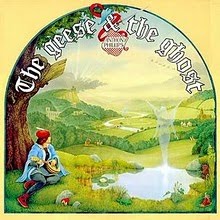



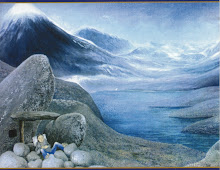

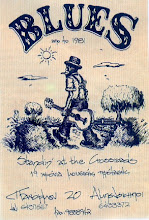

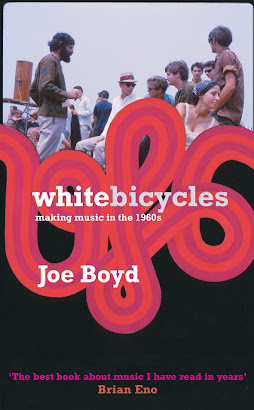
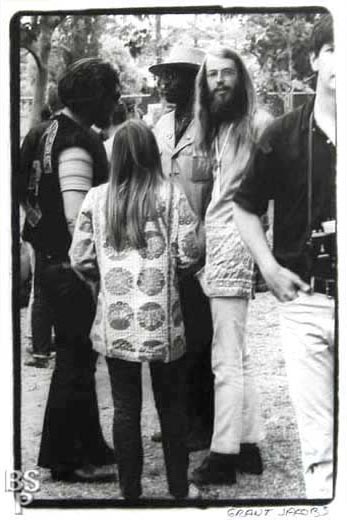
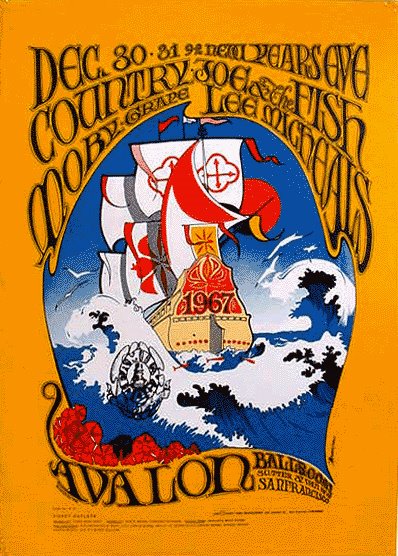
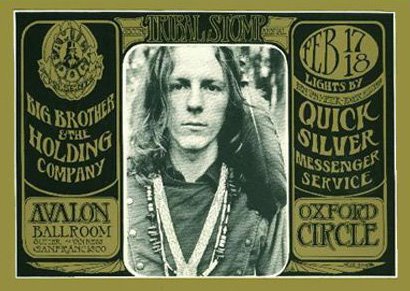
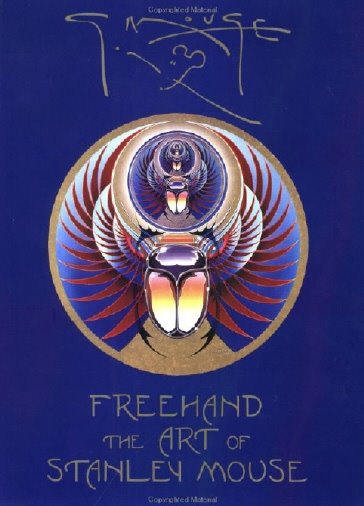.jpg)

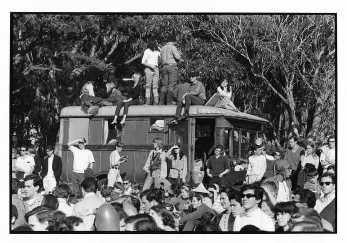




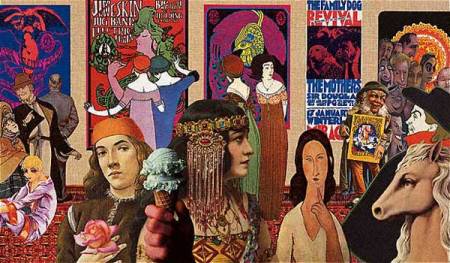.jpg)
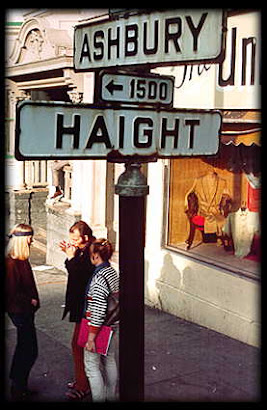
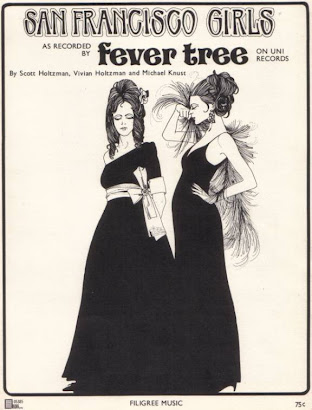
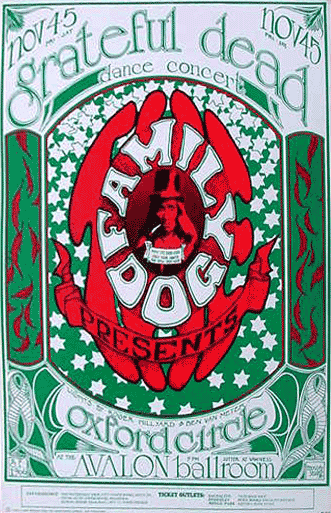
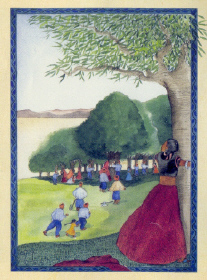
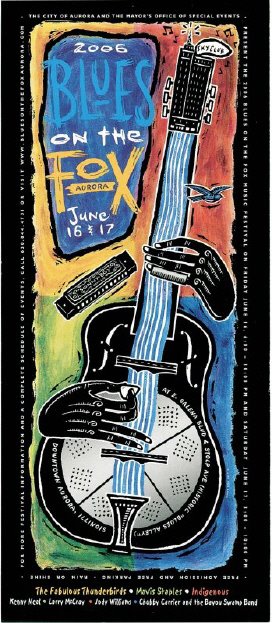



























































































+-+cover.png)














.jpg)




































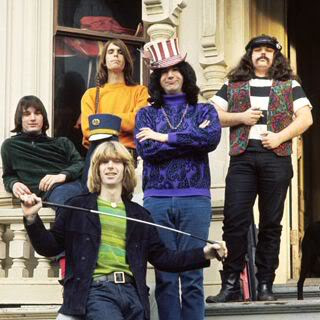






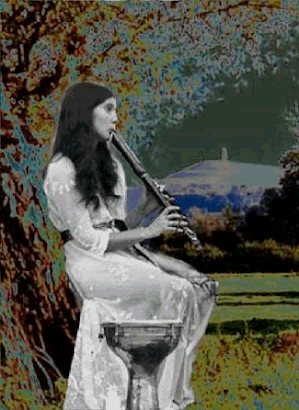












































.jpg)








0 σχόλια:
Δημοσίευση σχολίου